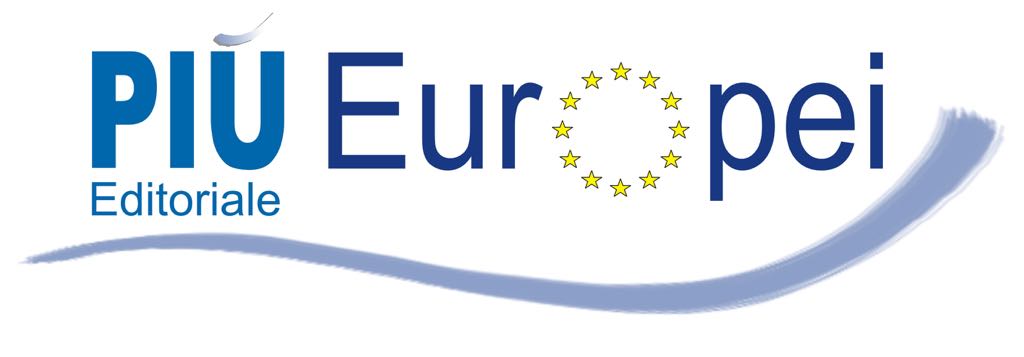di Roland Gueubel
A new virus has infected, at this date, more than 90,000 people and more than 3,000 people have died. The virus, which emerged in the Chinese city of Wuhan in the province of Hubei, and was officially declared in December 2019, is a Coronavirus and belongs to the same family as the pathogen that causes severe acute respiratory syndrome, or SARS. The virus is called SARS-CoV-2. It causes a respiratory illness called COVID-19, which can spread from person to person. The majority of cases, more than 80,000, have occurred in China, but more than 60 other countries are dealing now with outbreaks. Many countries are preparing for a global pandemic, as reports of cases caused by community spread rise, rather than cases imported from China. South Korea, Italy and Iran are fighting the largest outbreaks outside of China. New cases included the first to be confirmed in sub- Saharan Africa, in Nigeria. Health authorities and researchers fear the virus spread to African countries, including Nigeria, where weak health systems could be quickly overwhelmed by local outbreaks. The new SARS-CoV-2 virus belongs to the family of Coronaviridae. The Coronaviruses are viruses made of a single RNA strand. Some Coronaviruses can infect humans and/or animals. Seven known strains of Coronavirus can cause diseases in humans.
The Betacoronavirus, like SARS-CoV and MERS-CoV, as well as the SARS-CoV-2, are responsible of zoonosis which can cause in humans serious or even deadly diseases. They are supposed to come from bats and have crossed the species barrier, through intermediary hosts, to infect humans. The usual symptoms observed in patients infected by SARSCoV- 2 can be fever, cough and respiratory problems. The infection can cause a benign disease, a light pneumonia or a severe pneumonia with an acute respiratory syndrome which could lead to the death of the patient. People having pre-existent diseases are more vulnerables. However, the virus has been detected in people who have not developed symptoms.
People can carry the virus without showing symptoms. At this date, it has not yet been possible to precisely determine the gravity of the disease caused by the SARSCoV- 2. There are still many elements unknown about the Coronavirus SARS – CoV-2 . The infection dose is unknown. The per sistance of the virus outside the host is also unknown.
Geneticists have seen that the genetic structure of the SARS-CoV-2 is quite different from the genetic structure of other known Coronaviruses. The origin of the virus is still subject to debate. Currently, there is no specific pharmaceutical treatment or vaccine against the SARS-CoV-2. Nevertheless, potential vaccines and therapeutic molecules are in development or testing phase in several research institutions worldwide. In 2003, the SARS-CoV epidemics in China killed nearly one in ten who contracted it. Since then, China has developed large competences in that field. The Biosafety Level 4 laboratory, the Wuhan National Biosafety Laboratory (Level 4) of the Chinese Academy of Sciences, was build to prepare for and respond to future disease outbreaks. The last data available seem to indicate that the mortality rate of the SARS-CoV-2 would be around 2%. This is similar to the mortality rate of the seasonal flu. Although the media are covering widely the COVID-19 disease because it is new and there are uncertainties, the seasonal flu is causing much more victims, despite the fact that for the seasonal flu, there are already annual vaccines, some treatments and most of us have acquired some immunity to it.
The efforts of the World Health Organization and the national health authorities are crucial. The drastic measures of containment taken by China, although not applicable in many countries, have given results. China’s outbreak seems to be slowing, with the daily number of cases dropping. But efforts to restrict COVID-19 to China has failed. Despite the World Health Organization’s decision not to describe the escalating SARSCoV- 2 outbreak as a pandemic, many scientists say that the spread is already moving into a new phase. The measures to limit spread may have to shift from containment to mitigation to reduce the speed at which the infection is spreading, as countries including Italy, South Korea and Iran report growing outbreaks with hundreds of infections. What is critical is the coherence and the coordination of the measures, at an international level as well as in Europe. Why are in some European countries procedures to make temperature measurements in airports and not in other European countries ? Why are the diagnostic test policies so different from one country to another ? When was the European Ministry Council dedicated to the COVID-19 crisis ? DG ECHO has done an outstanding work in setting up the European Union Civil Protection Mechanism (EUCPM). Many modules are provided by European countries in the EUCPM for global emergency response. B-LiFE (Biological Light Fieldable Laboratory for Emergencies) is an example of a service integrated in the EUCPM and supported by the European Space Agency, able to be deployed in the field and to perform rapid diagnostic tests of infectious diseases, complementing health infrastructures during crisis.
The EUCPM has not yet been activated for the COVID-19 crisis. This is a political decision. A global European policy is needed. Also, preparedness is as vital as reacting. In the Horizon2020 Program 2019, a project called PANDEM-2, specifically dealing with pandemics, was proposed for funding before the COVID-19 pandemics. The project was placed in a reserve list but DG HOME did not reconsider it, despite the urgency of the crisis.
A call, sc1-phe-Coronavirus, was issued by DG HOME and was very successful (more than 90 proposals), but with a very small budget (total budget around 10M€ for 5 projects of 2M€ each), and addressed a fast reaction, not a structured and improved preparedness, as it was for the 2019 call. Preparedness is not easier than reacting. This is an example that the rigidity of rules prevail even when facing an exceptional crisis situation and that reacting may have more political weight than preparing. A stronger and better prepared global health system needs emergency response capabilities like « fire brigades » which can not be set up when the fire has already started. The Coronavirus pandemics can be also an opportunity to rethink the industrial production in Europe and to ensure that production capabilities can be maintained near local markets to avoid interruption during crisis.
For further information :
https://www.who.int/emergencies/diseases/novel-coronavirus-2019/situation-reports/
https://openwho.org/courses/COVID-19-IPC-EN
https://www.ecdc.europa.eu/en/coronavirus
Biosafety Level 4 Laboratory User Training Program, China – Emerging Infectious Diseases
- www.cdc.gov/eid • Vol. 25, No. 5, May 2019
https://business.esa.int/news/b-life-%E2%80%93-life-saving-labs-lightning-speed




